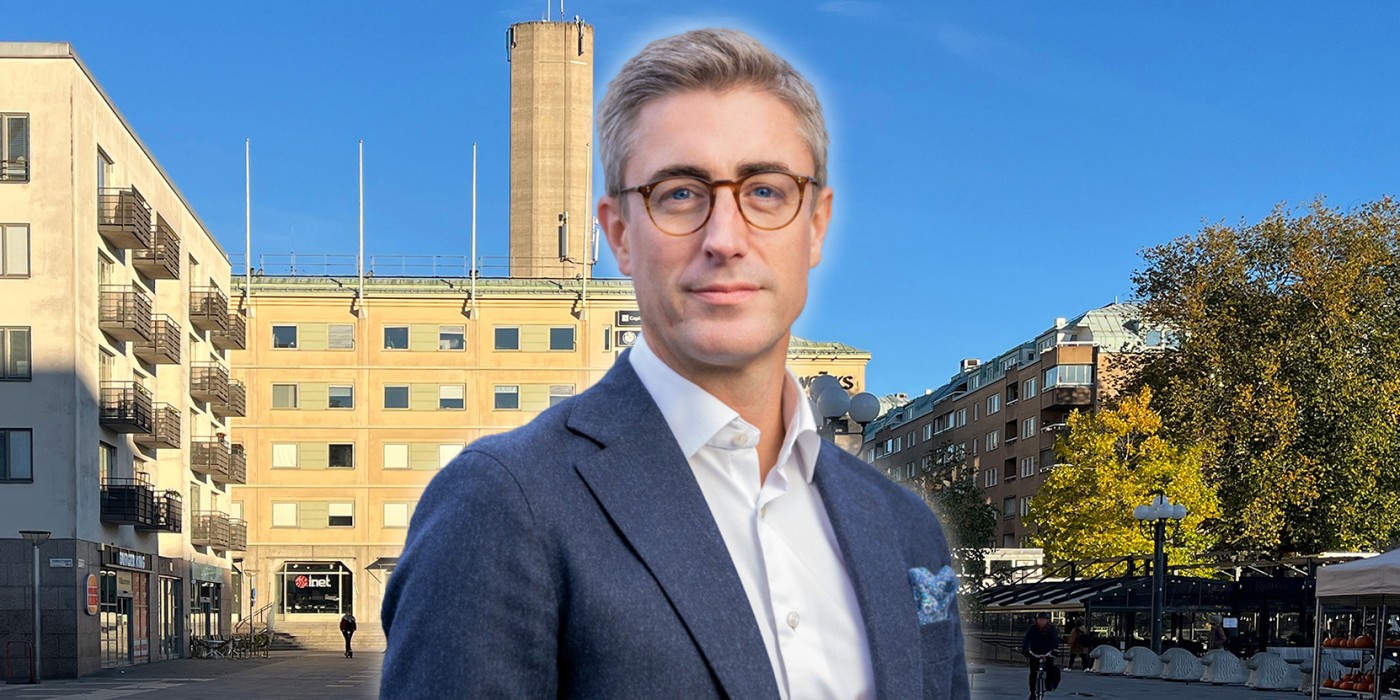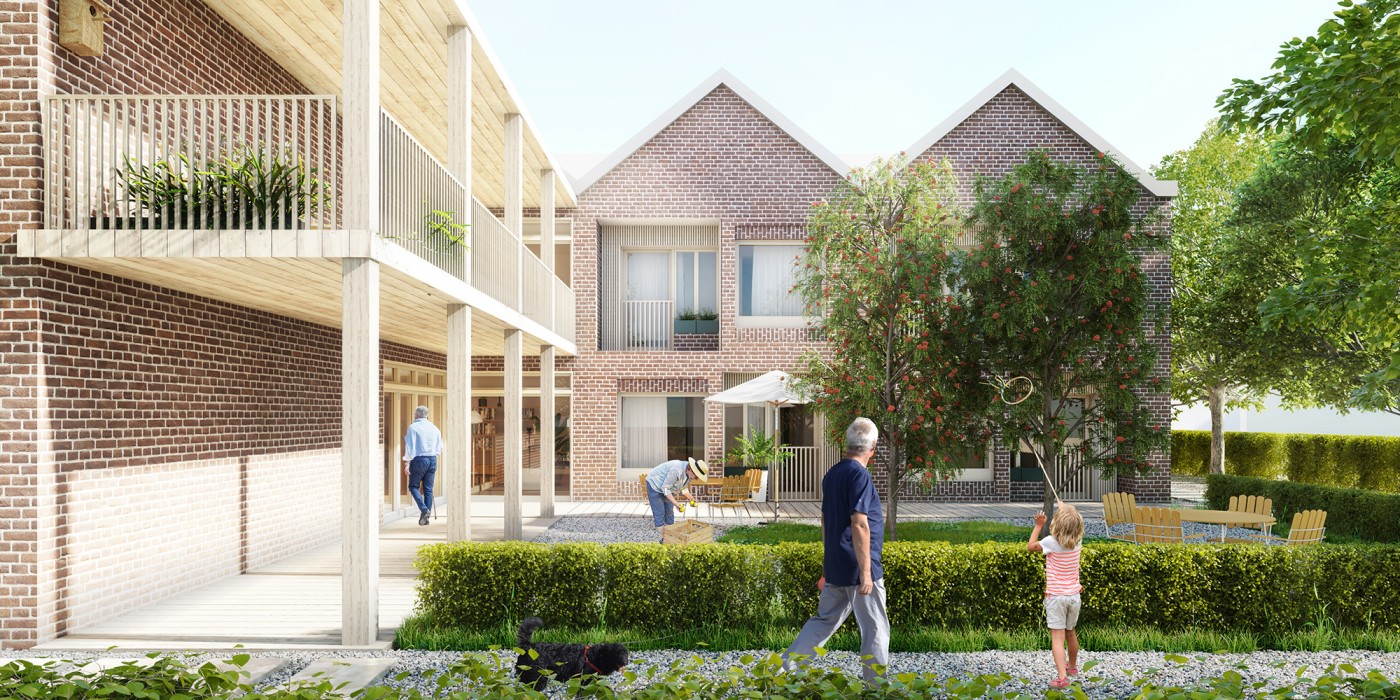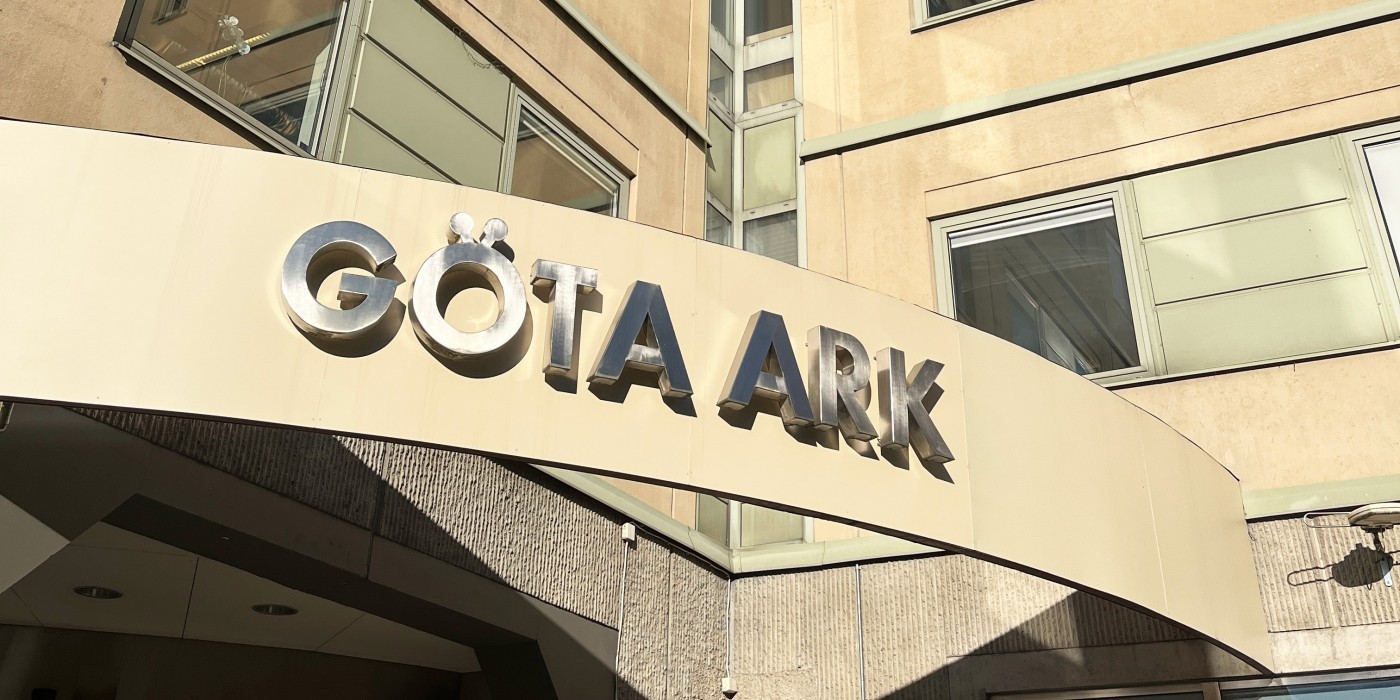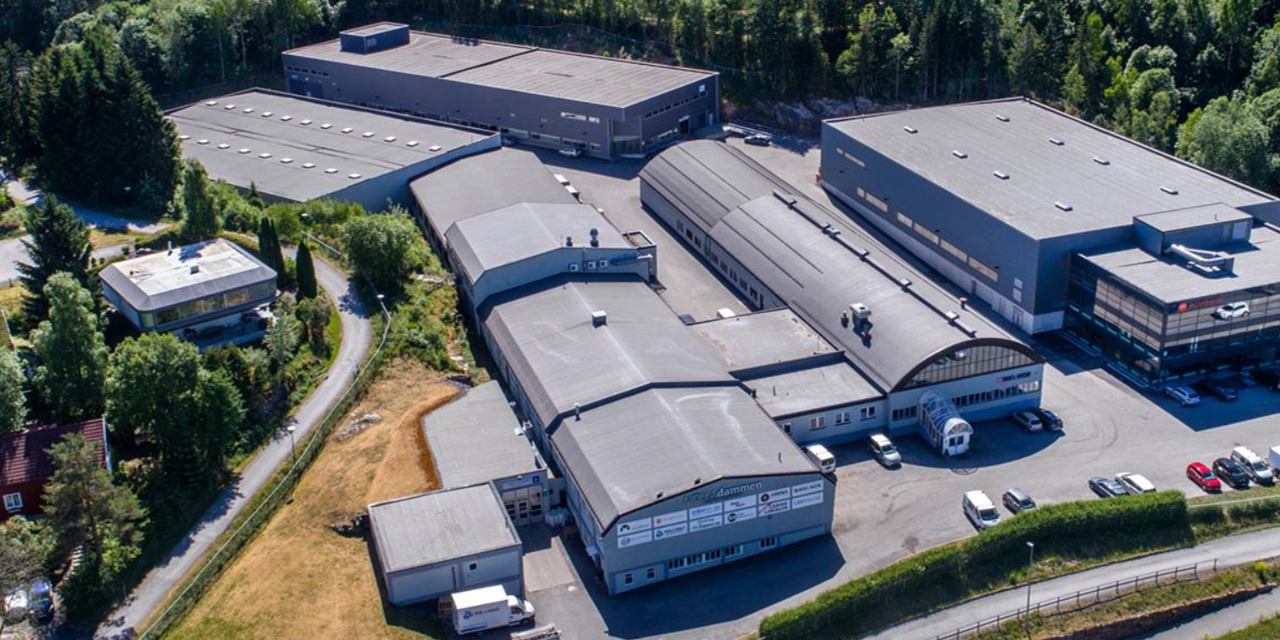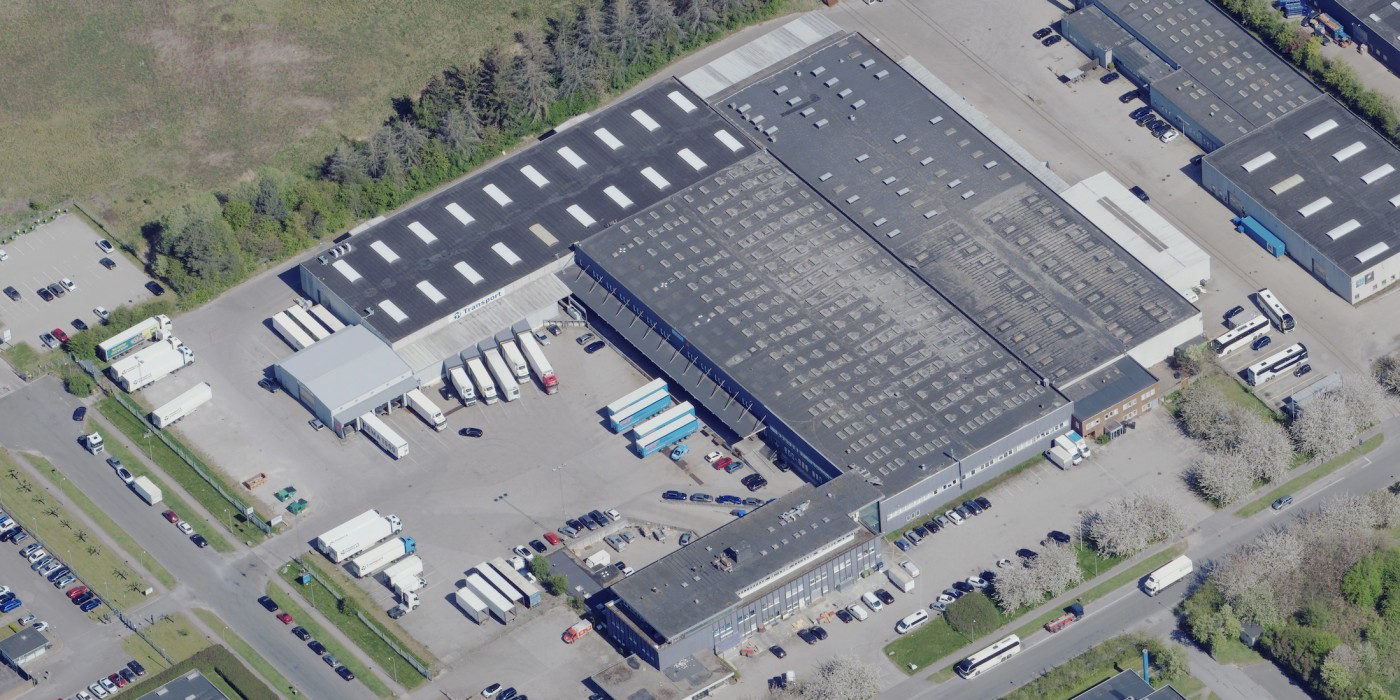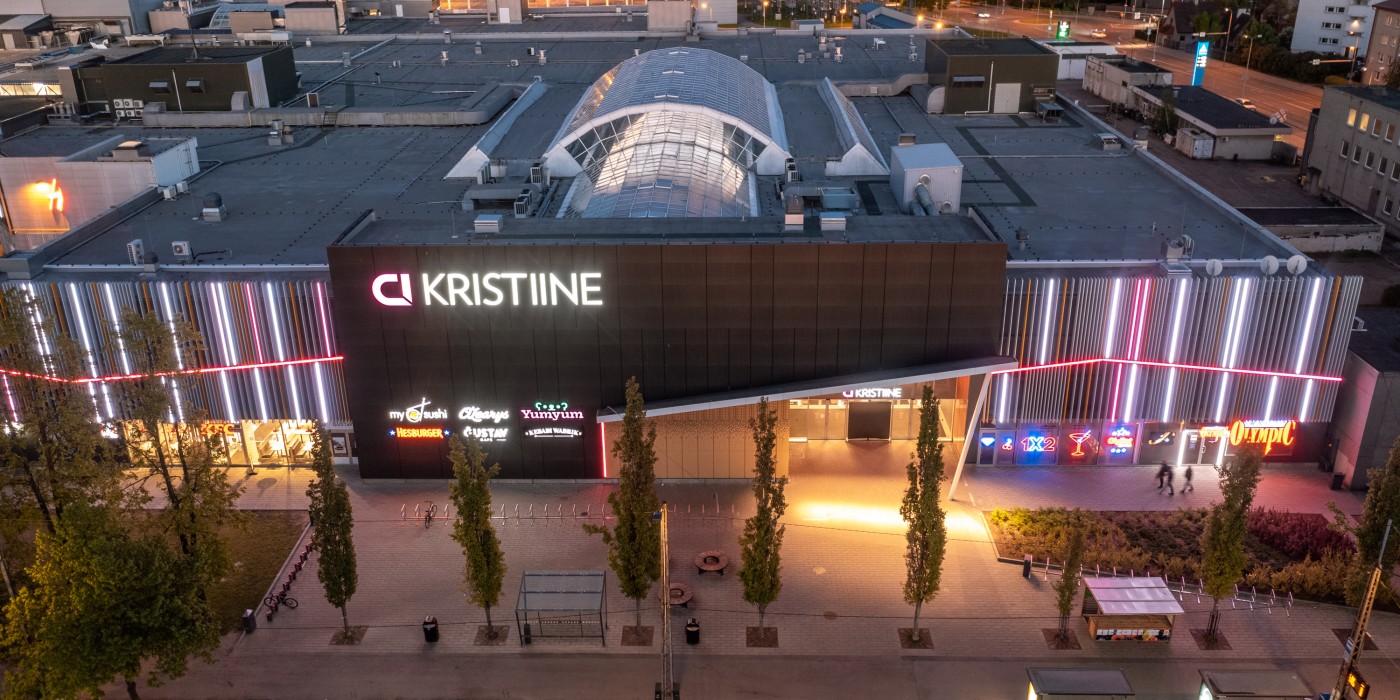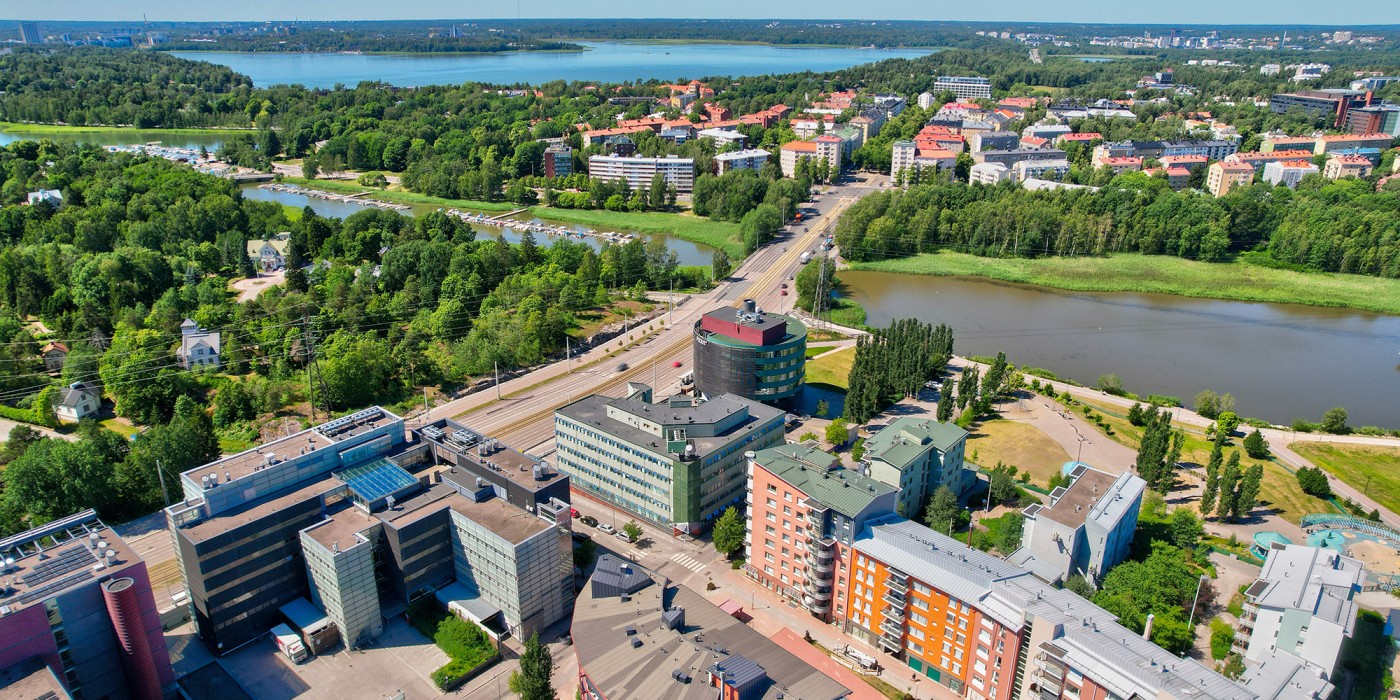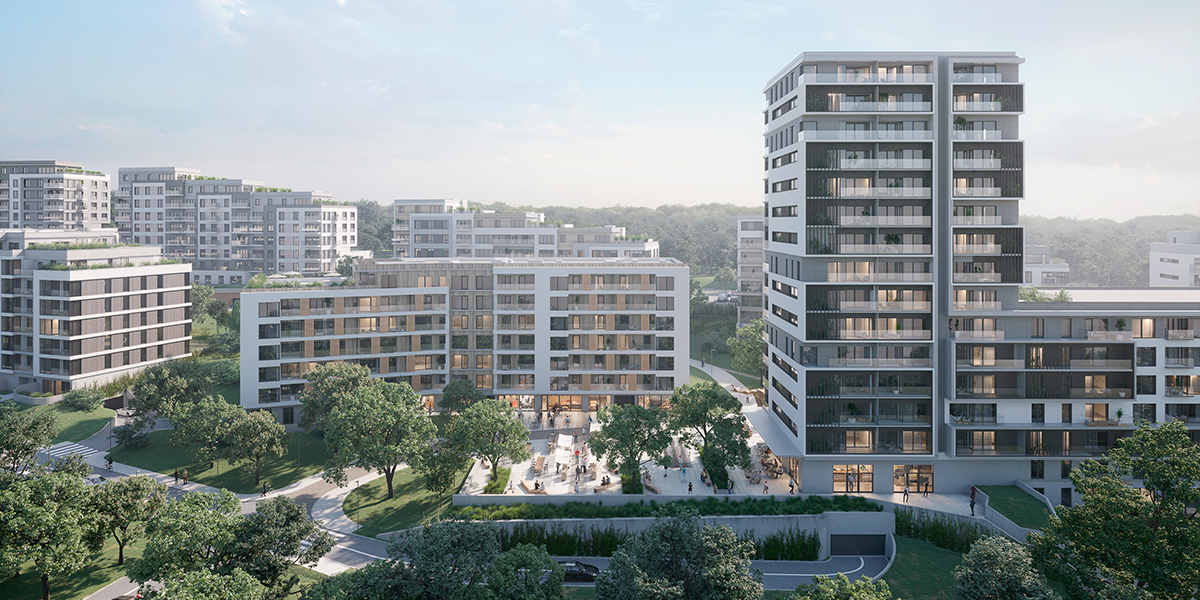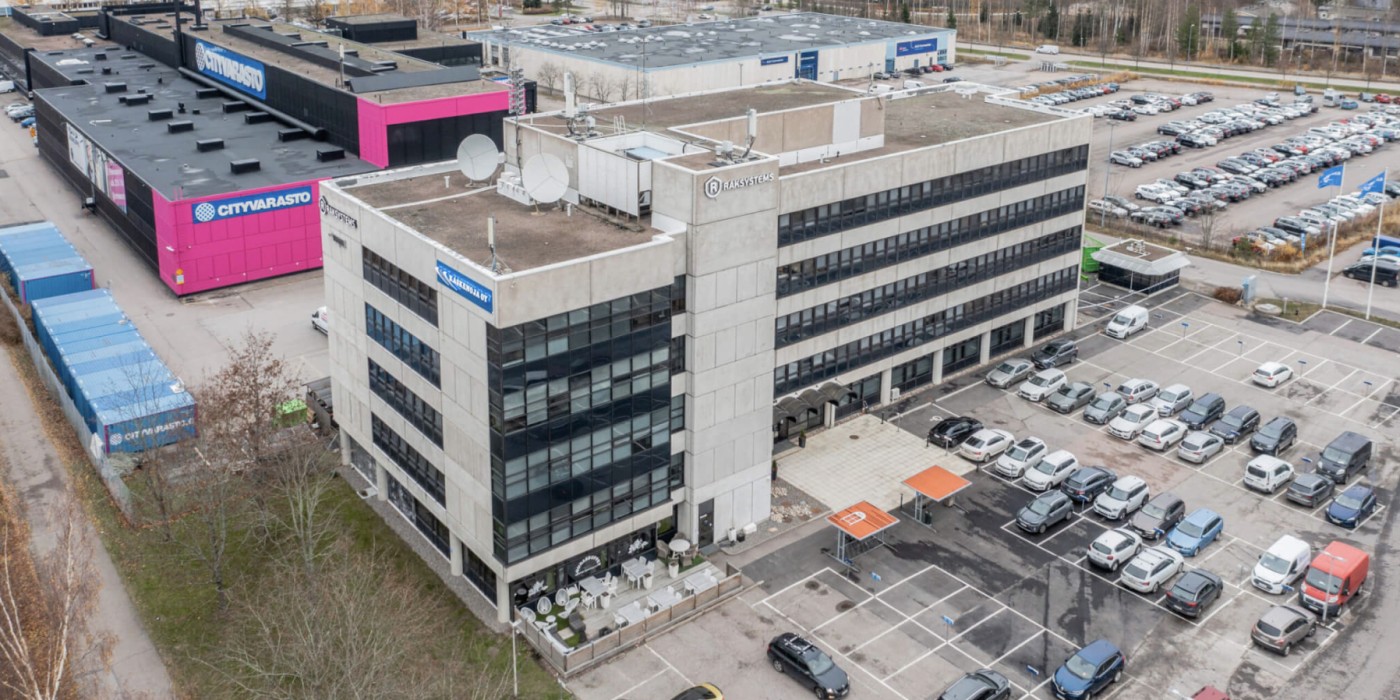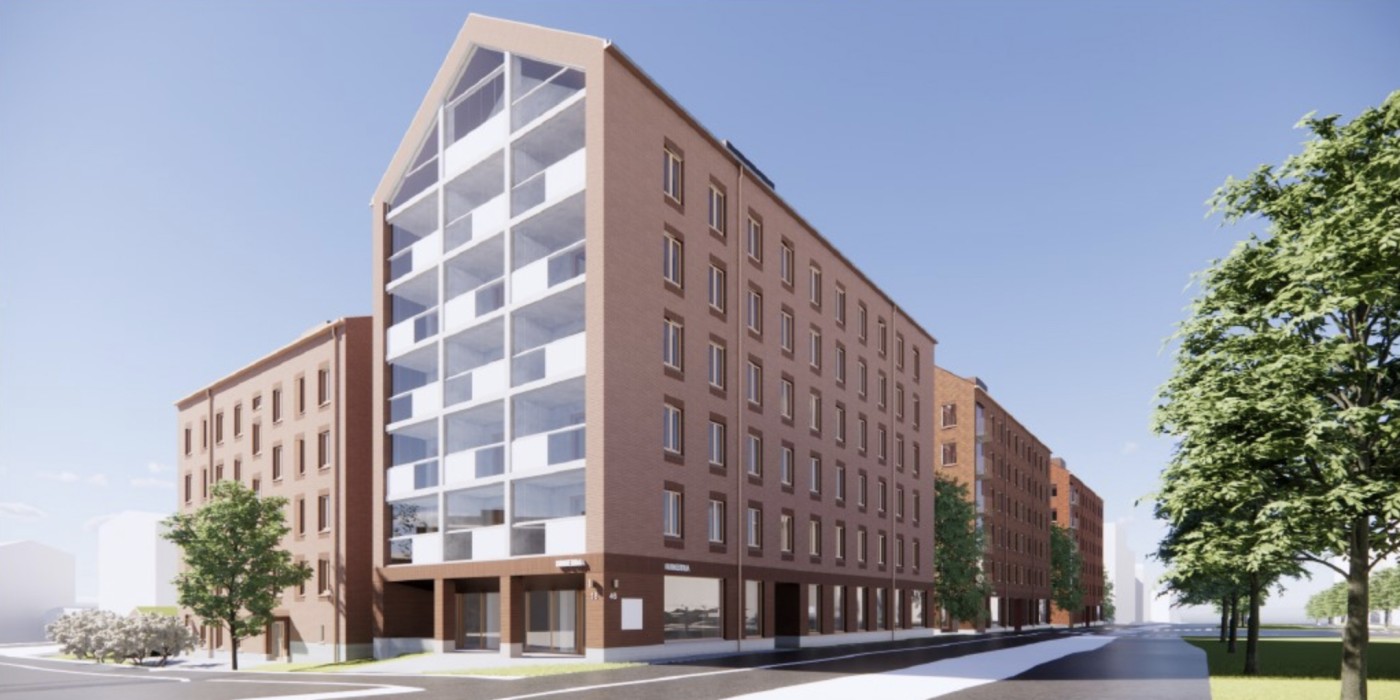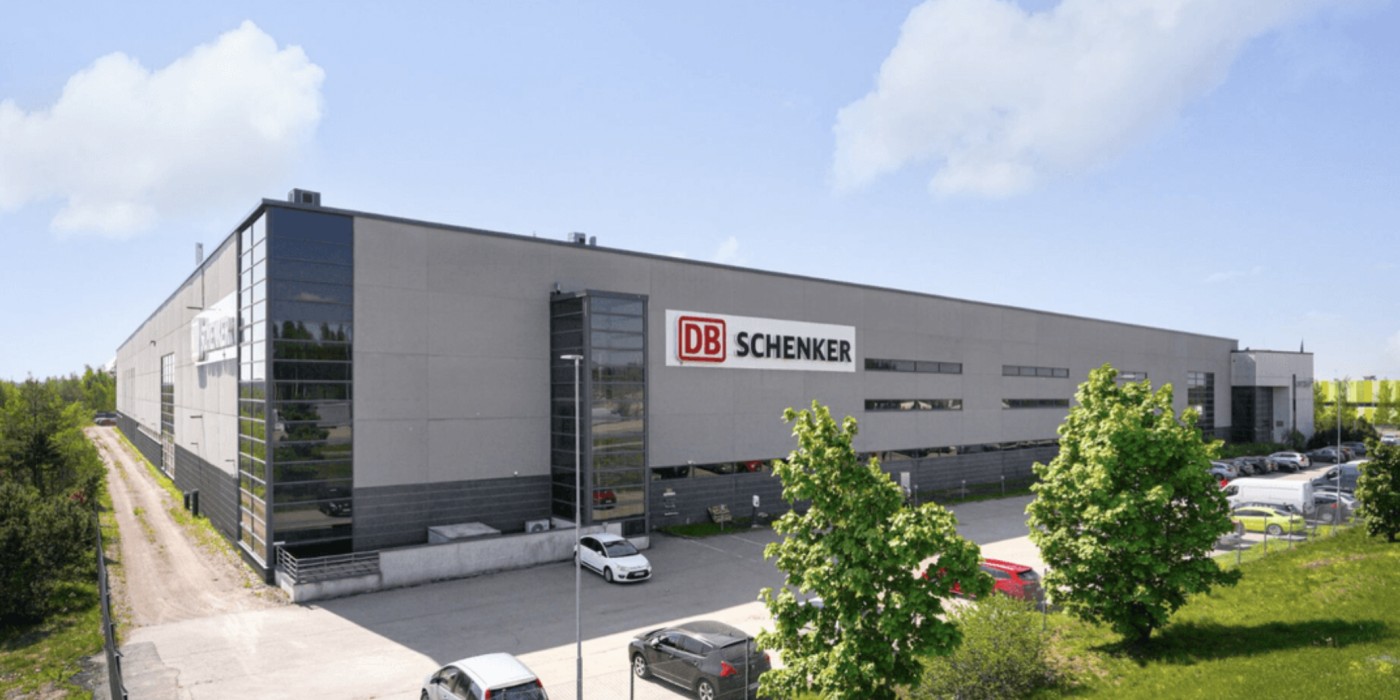Typical examples of these kinds of properties include half-empty office buildings that are past their prime but located in good areas. A comparison of the prices of these properties with relatively new, fully-leased buildings the difference is usually four-fold. Generally speaking, you can get a weaker property for less than EUR 1000/m2 whereas the price per square metre in a relatively new office building can easily be more than EUR 4000/m2 even if there is no significant difference in location.
Leverage made possible by the low interest rates together with competition over interesting properties also partially explains the investors' increasing interest. However, property development is especially challenging for foreign investors who do not have an organisation in Finland. The banks are also reluctant to give loans to these properties especially with a leverage of more than 50 per cent, so a rise in prices similar to that of 2005–2007 is not expected in this sector.
The transaction market is active outside the Helsinki metropolitan area as well and so far mainly by domestic funds.
Growth brought on by urbanisation is the greatest booster of Helsinki's thriving property market. Finland is lagging behind the property market in the rest of the Europe and so we still believe in rising prices and increasing demand outside the Helsinki city centre.
There are likely to be fewer major portfolio arrangements than last year so our prediction for this year's total volume remains between EUR 4–5 billion. The healthcare, social welfare and regional government reform (Sote) is expected to entail property arrangements of approximately EUR 6 billion but they will most likely not be listed as property transactions on market terms.
The housing market is in a constant state of evolution, dictated by changes in population structure and household preferences. Significant demographic changes, such as an ageing population, will affect the structure and orientation of housing demand in the future. Some of these changes can already be seen and predicted. The generation known as the Baby Boomers are moving into smaller apartments near city centres, seeking close proximity to services and higher-quality living, leaving a large number of larger apartments on the edges of urban areas.
As the number of ageing apartment seekers increases the criteria change. At the moment, the largest apartment seeker group consists mainly of 20 to 35-year-olds who are starting a family and this is reflected in the supply corresponding to this group's housing preferences. However, the share of this age group in the population will decrease.
The ageing of the population will lead to smaller average size of households among other things. As the number of one and two-person households grows, the need for small apartment’s increases, whereas the relative need for larger apartments decreases.
The rental market is active in growth centres as there is both supply and demand, and the much talked-about lack of rental apartments is unfounded. There is plenty of new, high-quality supply, particularly due to housing funds. At the same time, traditional lessors, i.e. investment companies, private individuals and pension companies, have increased their housing investments.
The demand is generated in particular by domestic migration and increasingly also by immigration. The difficulty is, however, that rents tend to vary according to property prices and that both prices and rents in the most desired areas are high in comparison with consumers' solvency. If apartments sell and can be rented out, they will be constructed.
Newsec: Property Investors Ready to Take Greater Risks in Finland
 Finland —
Investors' growing interest towards property investments in Finland manifests itself in the increasing demand for properties that require active development, and even empty properties sell at the moment. These investors rely on their ability to rent out and develop the property more successfully than the current owner.
Finland —
Investors' growing interest towards property investments in Finland manifests itself in the increasing demand for properties that require active development, and even empty properties sell at the moment. These investors rely on their ability to rent out and develop the property more successfully than the current owner.
2016-01-29


 All Nordics
All Nordics
 Sweden
Sweden
 Denmark
Denmark
 Norway
Norway

